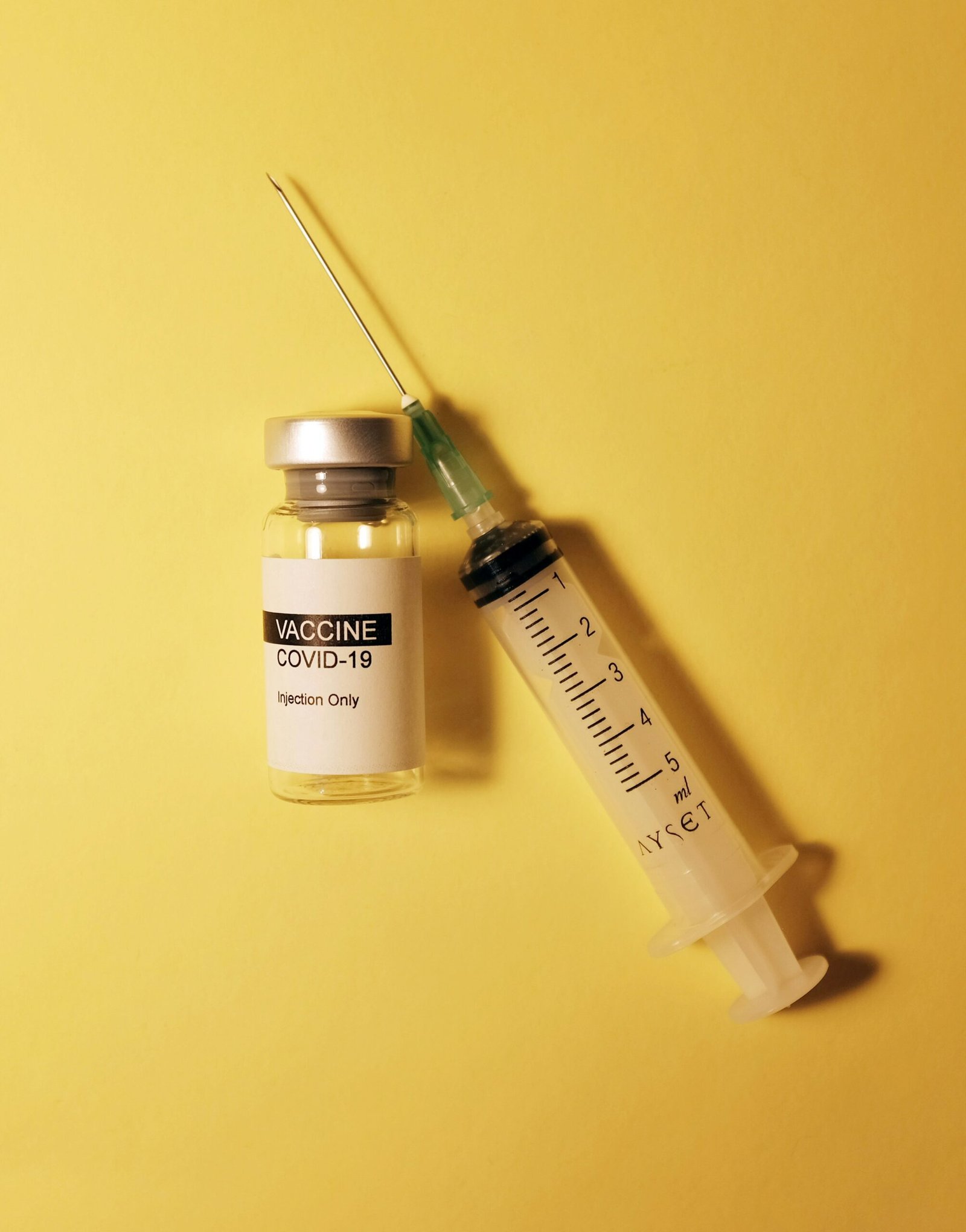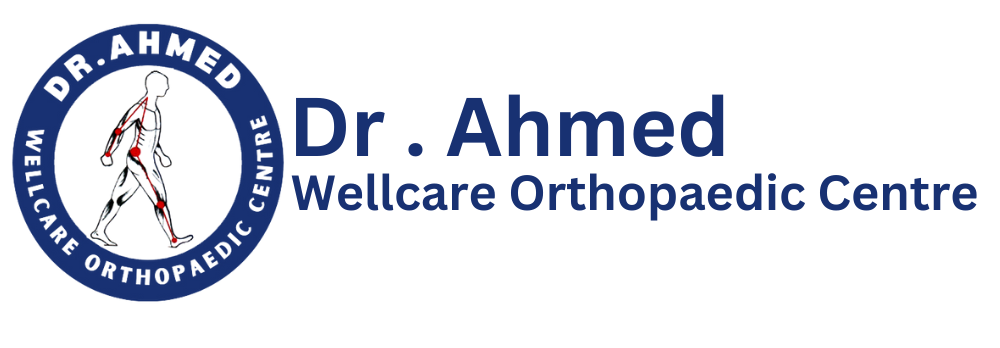Unlocking the Power of Platelet Enriched Plasma (PRP): A Revolutionary Healing Therapy
Regenerative medicine has witnessed significant advancements in recent years, and one of the most promising innovations is Platelet Rich Plasma (PRP) therapy, this minimally invasive treatment harnesses the body’s natural healing properties to repair damaged tissues. In this comprehensive guide, we’ll explore the mechanism of action, applications, benefits, safety considerations, and cost of PRP therapy.
What is Platelet Enriched Plasma (PRP)?
PEP is a bioactive component derived from a patient’s own blood. It comprises platelets, growth factors, and proteins essential for tissue regeneration and healing. The concentration of these components in PEP is significantly higher than in regular plasma, making it a valuable therapeutic tool.
How Does PEP/PRP Work?
The process of obtaining PEP/PRP involves:
- Blood collection through venipuncture.
- Centrifugation to separate blood components.
- Extraction of platelet-rich plasma.
When injected into the target area, PRP releases growth factors that stimulate:
- Cellular proliferation and migration.
- Angiogenesis (formation of new blood vessels).
- Tissue repair and regeneration.
Applications and Benefits of PRP Therapy
- Orthopedics: Treats chronic tendon injuries, ligaments, and joints.
- Dermatology: Enhances skin rejuvenation, addressing scars, wrinkles, and skin texture.
- Hair Restoration: Promotes hair growth and density.
- Wound Healing: Accelerates healing process.
- Reduced Recovery Time: Harnesses the body’s inherent healing properties.
- Minimally Invasive: Attractive alternative to surgery.
Benefits for Specific Conditions
- Tennis Elbow: PRP therapy reduces inflammation and promotes tendon repair.
- Rotator Cuff Tears: Enhances healing and strengthens shoulder muscles.
- Osteoarthritis: Relieves pain and improves joint mobility.
- Acne Scars: Stimulates collagen production and improves skin texture.
Safety and Considerations
While generally safe, PRP therapy carries risks:
- Mild pain, swelling, and bruising.
- Severe reactions (rare).
- Contraindications for individuals with:
- Blood disorders.
- Active infections.
- Significant skin conditions.
Choosing the Right Practitioner
To ensure optimal outcomes:
- Consult a qualified, experienced healthcare provider.
- Verify credentials and certifications.
- Discuss treatment details, including PRP therapy price.
The Future of PEP/PRP Therapy
Ongoing research aims to:
- Enhance efficacy.
- Expand applications.
- Refine techniques.
As techniques improve, PRP’s potential in regenerative medicine will continue to grow.
Key Takeaways
- Platelet Enriched Plasma (PRP) therapy leverages the body’s natural healing properties.
- PEP/PRP has various applications, including orthopedics and dermatology.
- While generally safe, considerations and risks exist.
- Consult a qualified practitioner for optimal outcomes.
Frequently Asked Questions
- What is the cost of plasma replacement therapy?
The PRP therapy price varies depending on the provider’s expertise and treatment area. - Is PRP therapy painful?
Mild pain, swelling, and bruising may occur, resolving within a few days. - How long does PRP therapy take?
Treatment duration varies, but typically lasts 30-60 minutes.
By understanding the benefits and applications of Platelet Enriched Plasma therapy, individuals can make informed decisions about this innovative treatment option.









